The Nebuta summer festival is a spectacular event held in Aomori Prefecture of Japan, where massive paper lantern floats based on kabuki or mythical stories, flanked by large taiko drums, musicians and dancers parade through the city. For those like me who missed the festival, the floats are kept back at the Museum to enjoy throughout the year.
Journals

Hike to Yamadera Temple
What better to do on the “Mountain Day” than to hike up the steep mountainside up to the Yamadera temple in Yamagata. The temple was founded over a thousand years ago in 860 AD under the official name Risshakuji but people generally know it by its more popular name “Yamadera” which means mountain temple. But to get there first I need to conquer a thousand steps, is it a bit more than I bargained for..
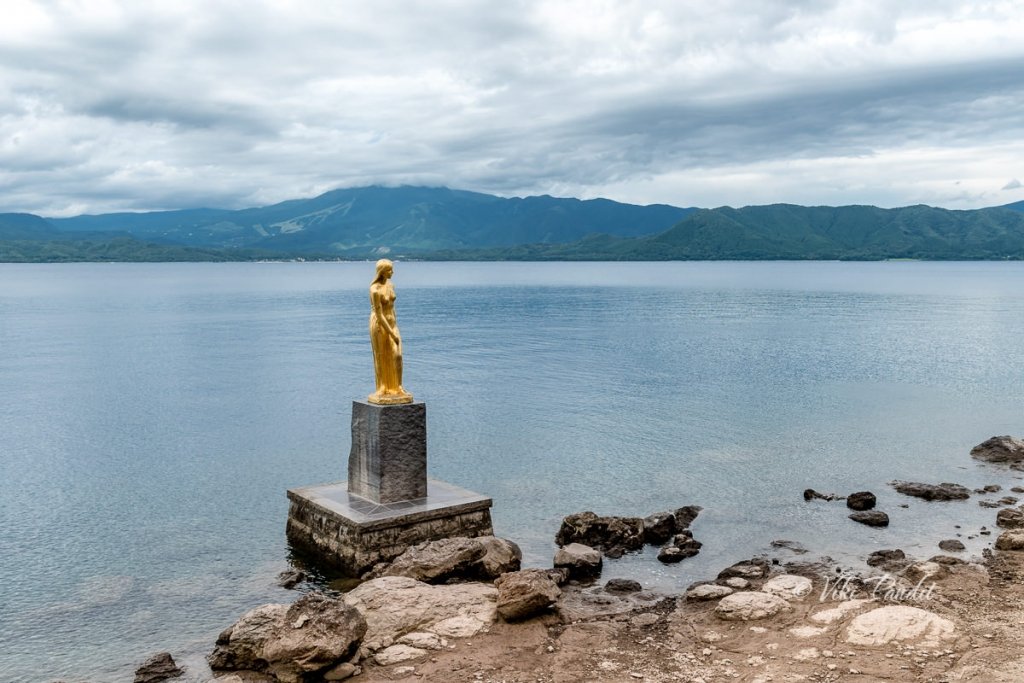
The lady of Lake Tazawa
We took a ride to Lake Tazawa to witness the remnants of the legend of Tatsuko, a girl from In-nai area who in the search for eternal beauty was turned into a dragon and to this day protects the mysterious lake.

An evening at Hirosaki Castle
We dropped by Hirosaki Castle today, the only remaining castle from the Edo period in the Tohoku area of Japan. Built in 1611, the castle is renowned for the weeping Sakura blossoms in its surrounding park.
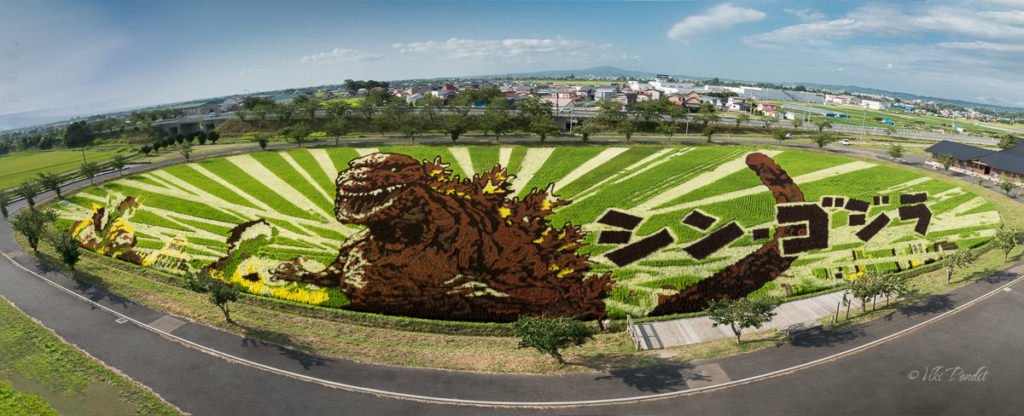
Inakadate Tanbo Art
We took the train to Inakadate to witness the Tambo Art. Tambo Art is an art form originating in Japan where people plant rice of various types and colors to create a giant picture in a paddy field. The massive pictures are elaborately designed using perspective drawing methods to make them look their best when seen from a nearby observation platform.
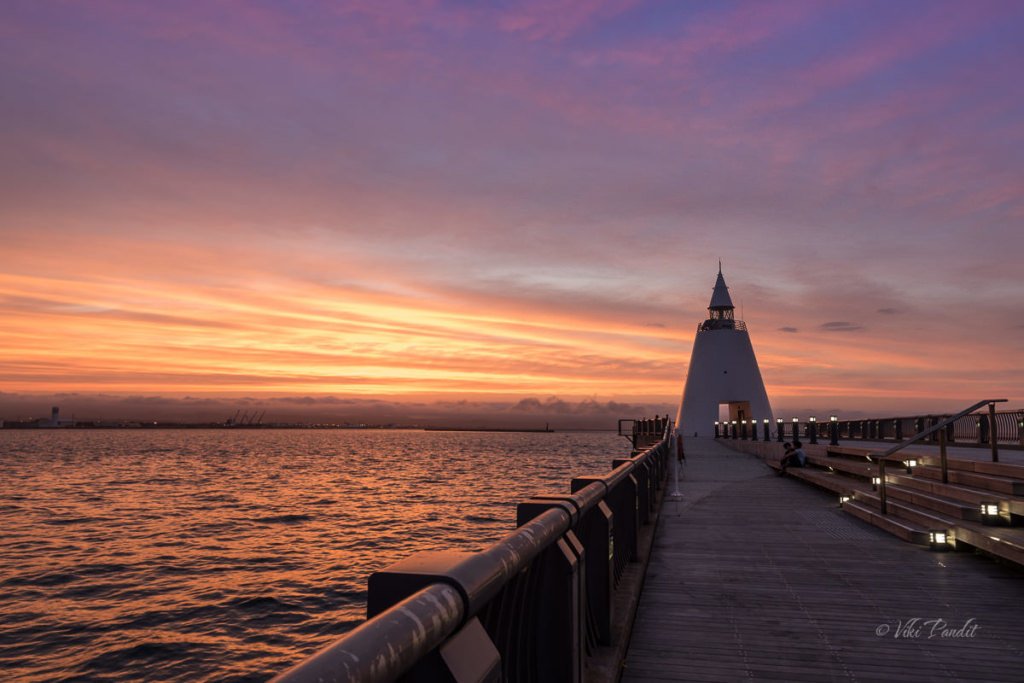
A magical sunset in Aomori
We went for a stroll along the Aomori bay at dusk. As the sun gradually sunk into the Japan Sea, we were treated to a magical sunset. There is nothing more enchanting or enticing as Mother Nature. So just stop whatever you are doing. Leave the desk, couch or whatever and go out, and witness the golden moments that are passing you by.
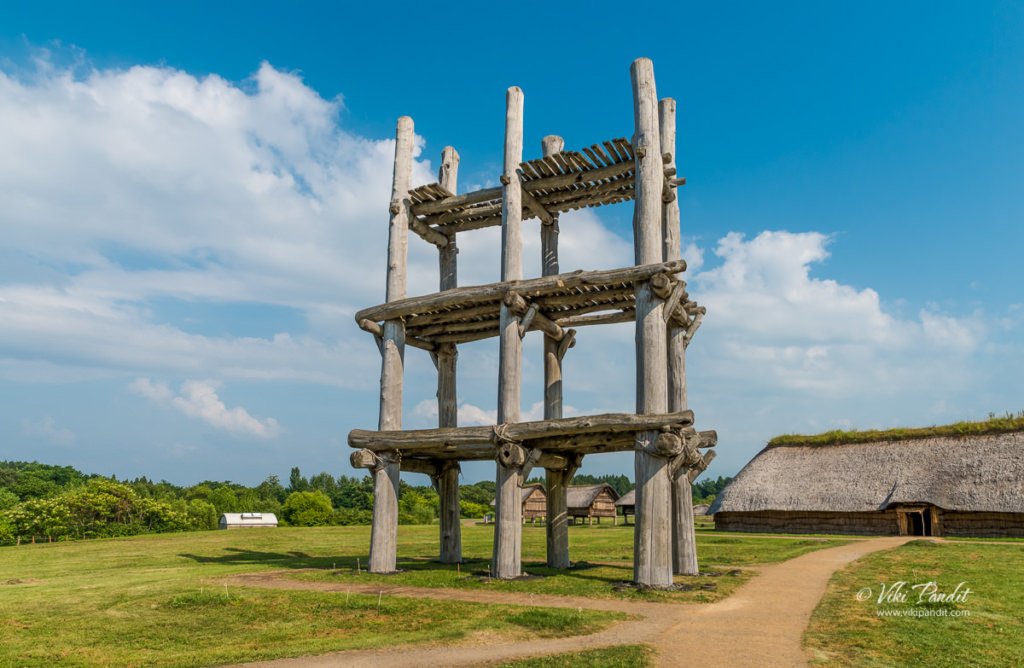
Ruins of Sannai-Maruyama
We step back in time to the Jōmon period at the Sannai-Maruyama Ruins. The ruins in the southwest of Aomori is the largest ruins of a Jōmon-period village in Japan. Most of the excavated items have been reburied for preservation, but a few excavation sites and artifacts are on display along with reconstructed dwellings, giving us a sense of the daily life of ancient times.
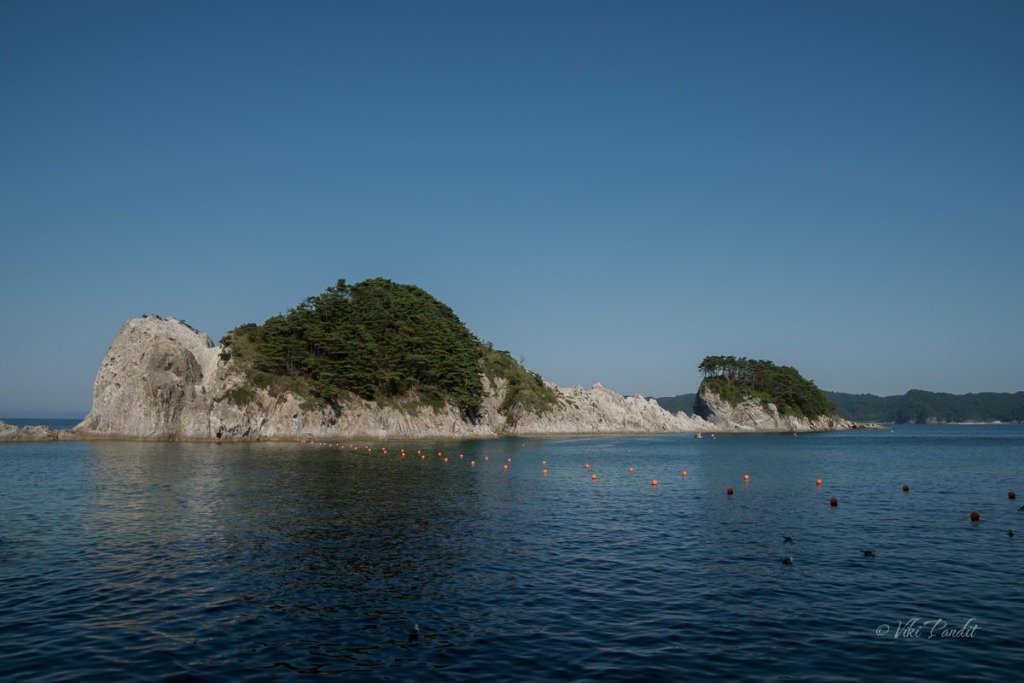
The pure Jodogahama Beach
We went down to Miyako to witness the uniquely-shaped islands of Jodogahama Beach. The stunning landscape of jagged white rocks protrusions as well as the beautiful coastline make it a photographers delight.
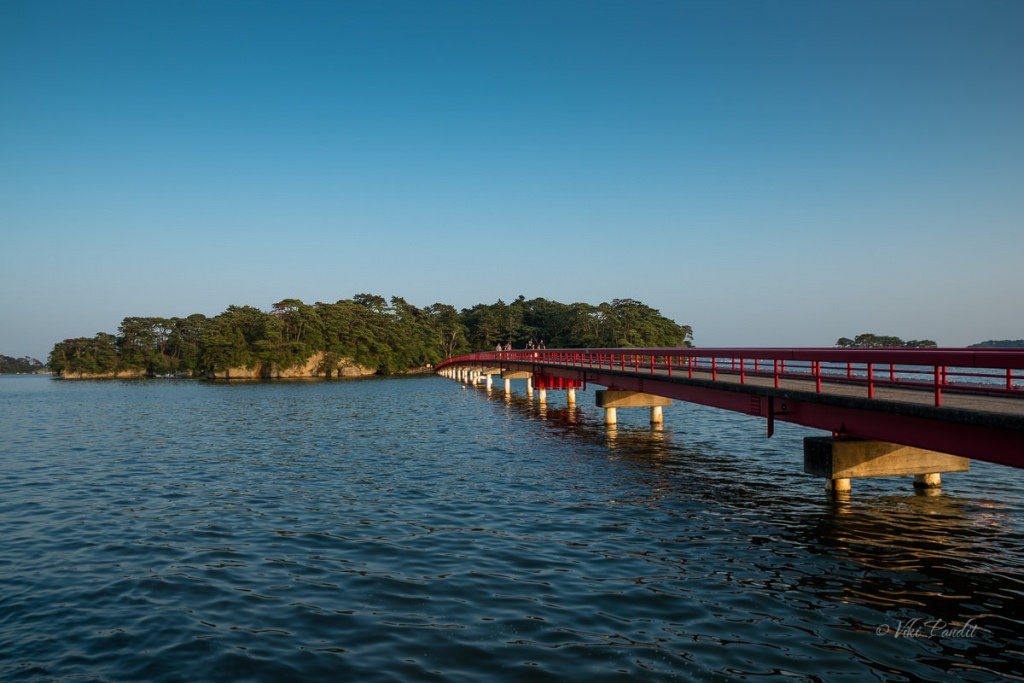
The islands of Matsushima
Designated as one of the three most beautiful scenic sites of Japan, Matshushima is dotted by as many as 260 islands scattered throughout the picturesque Bay. We take a cruise through these pine-covered islands that have left poets smitten across the ages.
